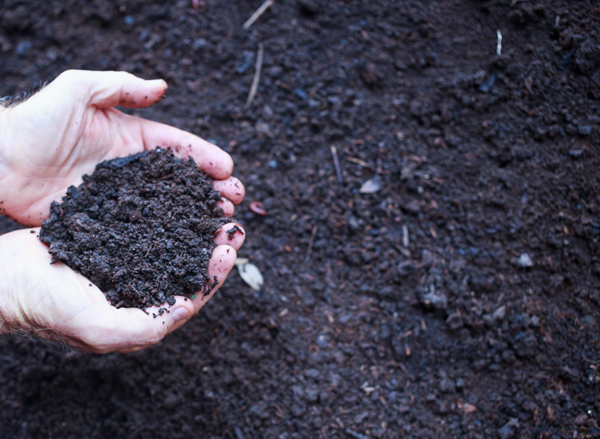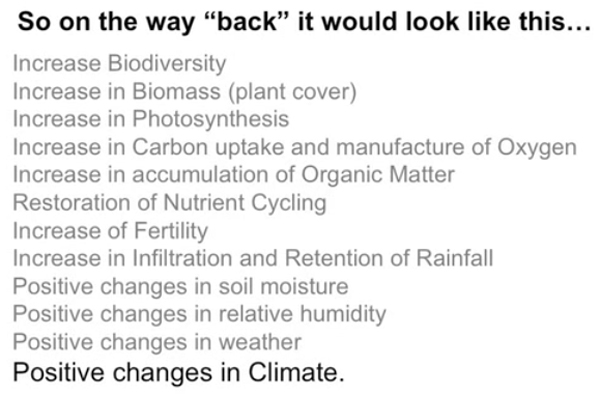After a little over three years I’m very happy to say our tropical forest garden is finished. The hard work of raising the garden beds 12” with about 60 dump truck loads of amendments is done. The trees are well established and many are starting to produce fruit. Many smaller plants such as pineapple, taro, vegetables and herbs are thriving. The beds are mulched with straw. The soil is rapidly improving by evidence of worm mounds (worm castings) popping up everywhere. The greenhouse is finished. Extra planters and CEB beds have been added to fill in extra space and increase plant diversity. Our first large batch of homemade compost turned out great. Eight wire mesh cages are full of leaves to make leaf mold compost. And, a special ‘wild area’ has been created along the drainage ditch for bees, birds, butterflies and other wildlife to honor and show thanks to Nature.
forest garden
How to Turn $300 of Materials into $6,000 Compost

We’ve been doing sheet mulching or lasagna gardening to build topsoil in our forest garden. Over a period of three years we’ve gradually added layers of rice hulls, manure, straw, leaves, sugar cane compost, etc. to raise our forest garden beds about 12” above the paths. Sheet mulching has worked superbly for us in our tropical climate. Just don’t make the layers too thick. In colder climates, let sheet mulch layers break down over winter.
Badgersett: Woody Agriculture Research and Development
Badgersett is one of the largest forest gardens in the US. “With roots going back to 1978, Badgersett Research Corporation works on bringing “Woody Agriculture” into the mainstream world of full scale staple food production.” In summary, their ideas show how farmers and homesteaders can transition to sustainable agriculture and still make an income.
Forest Gardens for Biodiversity

Forest gardens have many benefits, one of which is sequestering carbon from the air and storing it in soil. A large diversity of plants, like found in nature and forest gardens, maximizes the carbon storage process. The image above lists the advantages of storing carbon in the soil.
Vetiver/Compost Trenches 2.0
This is an update on my previous report about vetiver/compost trenches. Our first attempt at making these trenches was a big success. Surprisingly so, because the compost in the trenches kept going down, down, down to where it looked like very little was left after 6 months. This was a little discouraging at the time because I used five pickup loads of manure and rice hulls, plus I was watering it fairly often. The surprising part was how much compost I got at the end of summer.
Building Garden Soil — Throw the Sink at It
Here’s a brief list of things we’re doing to boost the quality of our soil in our forest garden. I’m writing this because I saw a video a while back that explained why they don’t use worm castings, compost tea, leaf mulch, rock dust and so on any more. That video might confuse some people into thinking these things aren’t helpful. What actually happened is their soil has become so good (by using these materials!) in their small backyard garden raised beds that these soil amendments are no longer necessary. Since they’re only dealing with a few pickup loads of soil, it’s not overly difficult to create that much high quality soil.
